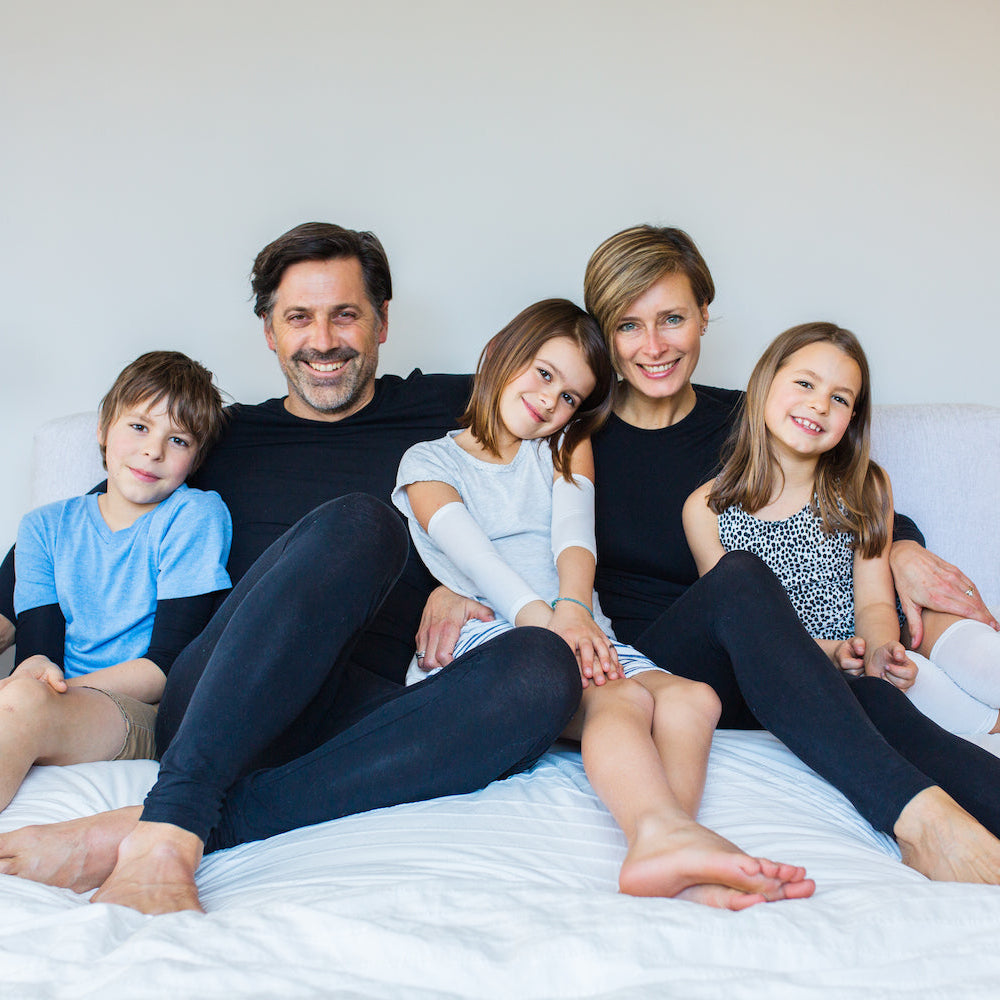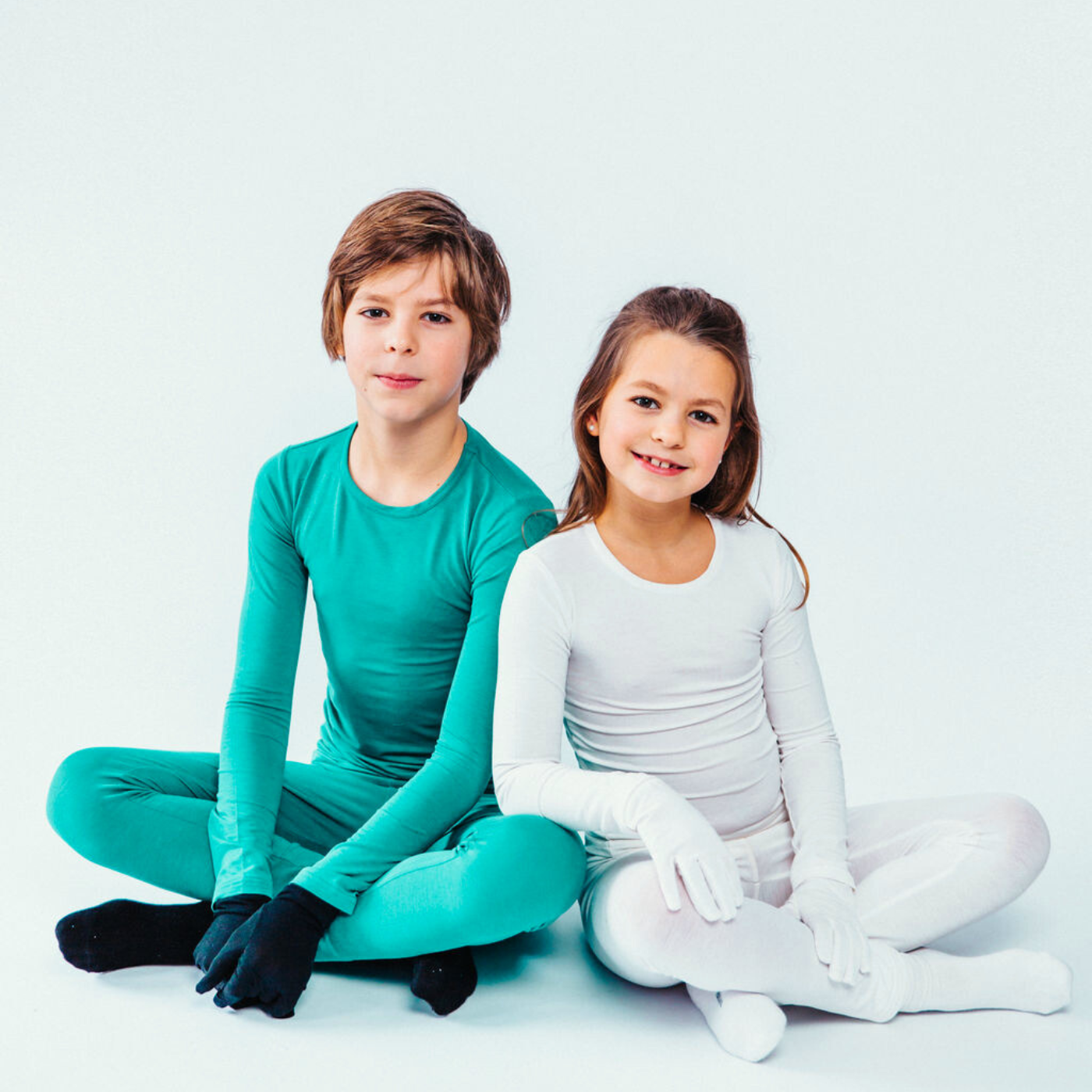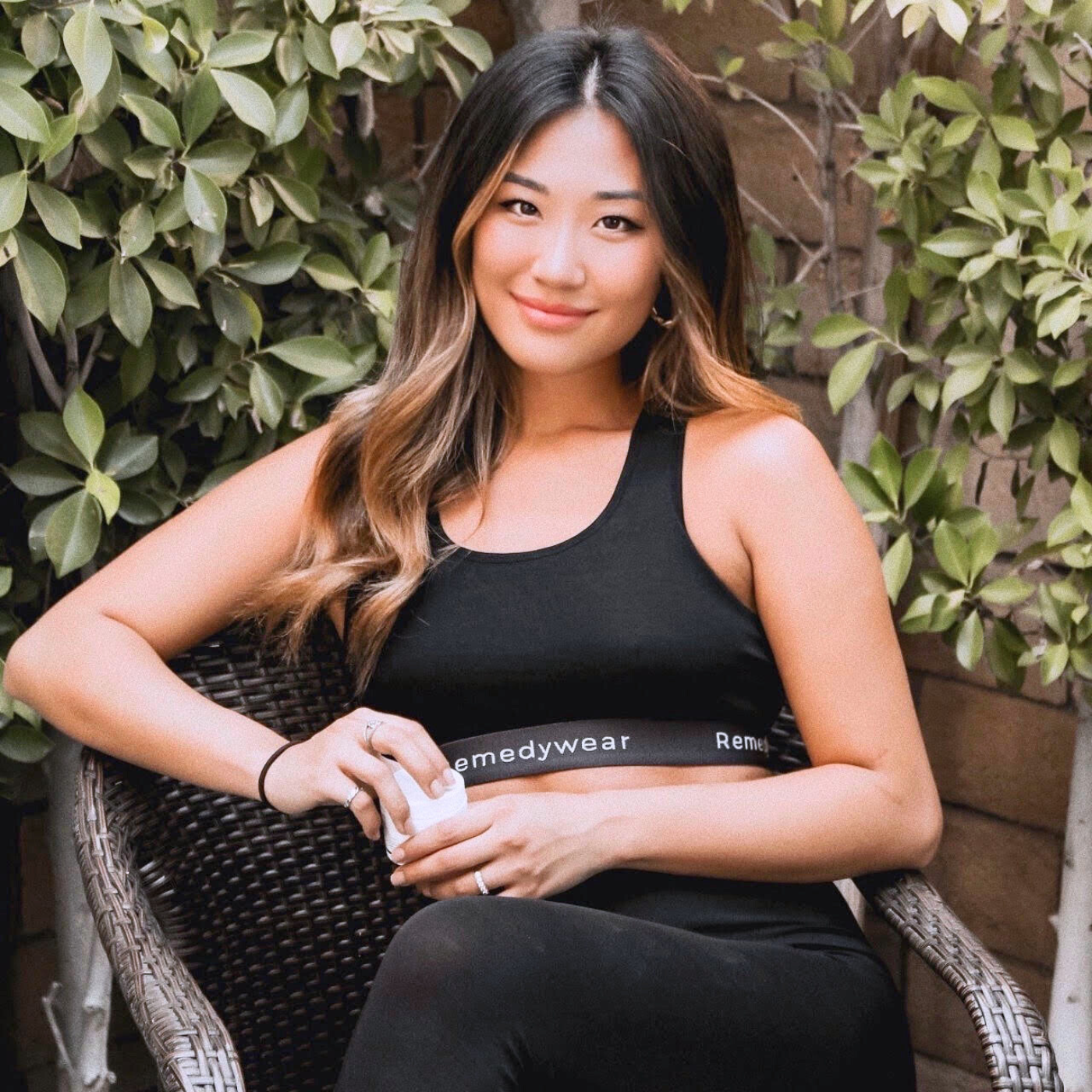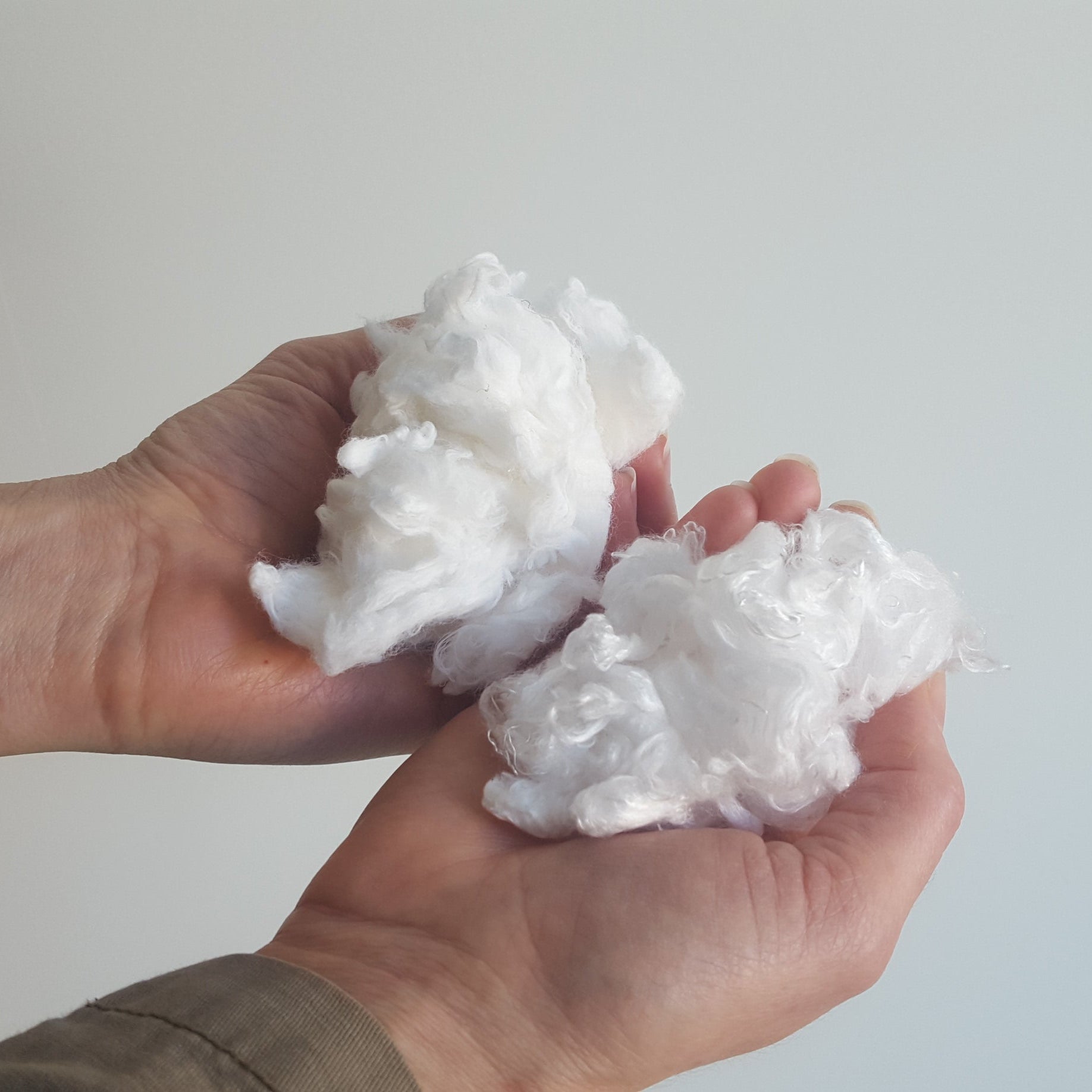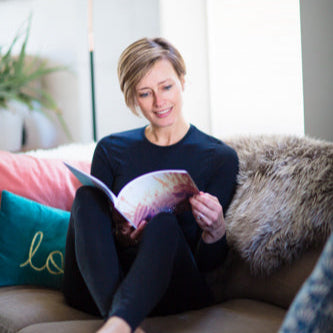The development of new textiles offers an exciting way to improve the treatment of sensitive or itchy skin conditions such as atopic dermatitis and psoriasis and conditions caused by fungus or microbes such as body and foot odors. New synthetic fabrics combine anti-microbial, anti-inflammatory, moisture-wicking, and soothing properties that may augment conventional management strategies such as topical steroids and emollients. Over the last few years, customers’ desire for comfort, hygiene, and well-being has created an increasing demand for such clothing [1].
Remedywear Fabric
Soft TENCEL/Lyocell
Remedywear™ is a specialized fabric created from a combination of two sustainable, natural fibers, TENCEL™ and Smartcel™ Sensitive, with a small amount of latex-free elastane to add stretch. The fiber component of both TENCEL™ and Smartcel™ Sensitive is lyocell – a natural fiber made with cellulose that is extracted from wood pulp in an eco-friendly manner. Lyocell fibers are round, resulting in a smooth and soft feel.
In a randomized controlled study of 30 patients with atopic dermatitis, Lyocell clothing, and bedding were subjectively preferred to cotton for its softness (p=0.0001), temperature regulation (p=0.0039), moisture control (p=0.0003), and wrinkle resistance (p=0.0124) after 1 week of use [2].

Smartcel Sensitive with Zinc Oxide
An important component of Remedywear™ is Smartcel™ Sensitive – a lyocell–based fabric that is embedded with zinc oxide particles that stay in place even after numerous washes. In addition to being a physical UV blocker, zinc oxide has been shown to exhibit high antioxidant capacity against ROS and RNS (reactive nitrogen species) and antimicrobial activity against Staphylococcus aureus and Klebsiella pneumoniae in vitro [3]. Thus, the zinc particles incorporated into textiles prevent bacterial growth and odor formation [4].
Test Results
The following is a list of In Vitro test results using Smartcel™ Sensitive materials:
- Antibacterial
- Reduces bacteria by 1,000 times and more, completely irradicating Staphylococcus aureus MRSA and AATCC. Implications for skin infections, food poisoning, bone and joint infections, bacteremia, etc. Results here.
- Antimicrobial
- Klebsiella Pneumoniae with implications for pneumonia, typically in the form of bronchopneumonia and bronchitis.
- Escherichia Coli with implications for urinary tract infection or gastrointestinal infection and other local tissue and organ infections.
- Results here for both.
- Anti-odor
- Eliminates Staphylococcus epidermidis with implications for malodor in different parts of human skin, and
- Eliminates Corynebacterium jeikeium with implications for underarm odor.
- Results here for both.
- Antifungal
- 95% + Reduction in Candida Albicans with implications for superficial infection on mucous membranes in the vagina or mouth, systemic fungal infections, etc. Results here.
- Eliminates Trichophyton interdigitale with implications for tinea capitis (favus), tinea corporis (ringworm), tinea cruris (crotch itch),
onychomycosis (toenail fungal infections), tinea pedis (athlete's foot) etc. Results here. - Antioxidant
- Inhibits the formation of free reactive oxygen species and reduces the formation of reactive nitrogen species. Results here.
- Antiviral
- Influenza A Virus (H1N1) with implications for acute respiratory infectious disease.
- Anti Dust Mites
- 62% control of house dust mite populations with implications for bronchial asthma and allergic rhinitis, etc. Results here.

Read more reviews from physicians and practitioners here.
Clinical Trial
The use of Remedywear can significantly improve the quality of life in patients who have AD, eczema, psoriasis, sensitive skin, or other itchy skin conditions. As shown in the Figure below, TENCEL® is smoother than traditional fabrics (e.g. cotton and wool), which helps prevent irritation to the skin and promotes comfort. A pilot trial consisting of 12 adult subjects with moderate to severe atopic dermatitis found a rapid improvement in the severity of the patient’s disease, pruritus (itch), and subjective sleep quality after 3 nights of wearing TENCEL® /Smartcel™ Sensitive trousers and long sleeve shirts [3]. A second study showed similar results when patients with atopic dermatitis slept in bedding made with Smartcel™ Sensitive.[5]

Safety
Studies also demonstrate that the zinc in Smartcel™ Sensitive does not penetrate the skin into the bloodstream and is safe for use in adults, children, and infants with eczema and atopic dermatitis who have dysfunctional skin barriers [3]. Lab tests show zero cytotoxicity.
Hypoallergenic
Remedywear™ garments are free of latex, nylon, nickel, disperse dyes, and phenylenediamine, a chemical responsible for allergies to blue and black dye. The fabric, thread, and dyes used in Remedywear™ have all received an Oeko Tex 100 certification. The Oeko TEX 100 certifies that a fabric is safe for delicate and allergy-prone skin, including newborns and infants.
Moisture Wicking
Our Remedywear fabrics TENCEL™ and Smartcel™ Sensitive are made of lyocell, which is composed of nanofibrils—very, very small fibers—that are spun together. These fibers are hydrophilic, meaning they “love water,” conferring Remedywear with excellent moisture-wicking capacity and breathability.
The figure below demonstrates the moisture-wicking capacity of TENCEL™ fibers. This is especially important for eczema and AD patients who often become irritated due to sweat accumulation in problem areas such as the elbow and knee folds. By effectively wicking away moisture, Remedywear can eliminate the root cause behind this issue and provide sustained relief throughout the day.

Recommended Use
Remedywear™ garments work well dry, there is no need for messy wet wrapping. We recommend patients first apply a generous layer of emollient on dry skin and then cover it with Remedywear™ clothing, like these Long Sleeve Tops for Kids. The clothing can be worn overnight as a pajama or during the day with another item of clothing over the top.
For more intense moisture therapy, patients can take a lukewarm bath beforehand, apply emollients to slightly damp skin and then cover it with Remedywear. Our garments can be worn damp as well.
Wash and wear as often as needed. The zinc oxide in Remedywear is proven to last with this wash test. Even after 100 washings, Remedywear retains 80% of the embedded zinc oxide content.
Please contact us with your questions regarding any of these beneficial claims.
References
[1] Morais DS, Guedes RM, Lopes MA. Antimicrobial Approaches for Textiles: From Research to Market. Materials (Basel). 2016;9(6).
[2] Love WE, Nedorost ST. Fabric preferences of atopic dermatitis patients. Dermatitis. 2009;20(1):29-33.
[3] Wiegand C, Hipler UC, Boldt S, Strehle J, Wollina U. Skin-protective effects of a zinc oxide-functionalized textile and its relevance for atopic dermatitis. Clinical, Cosmetic and Investigational Dermatology. 2013;6:115-121.
[4] Ramachandran. Aa. Preparation, Characterization, and Functional Analysis of Zinc Oxide Nanoparticles Coated Single Jersey Cotton Fabric. 2012.
[5] Wollina U, Schmidt N, Mühle D, Hansel G. Clinical Experiences with an Antimicrobial Bed Equipment Using Zinc-Smartcel Fibers for Pronounced Atopic Dermatitis. 2018.

